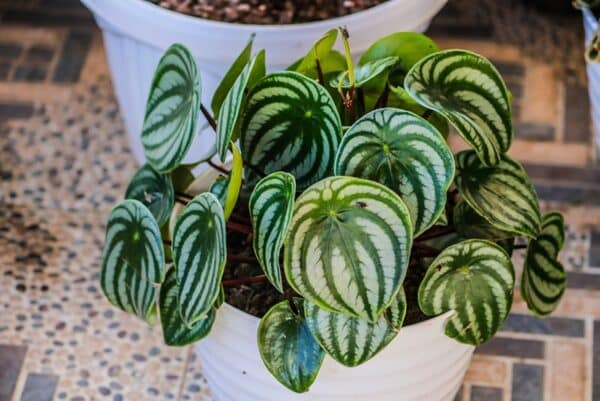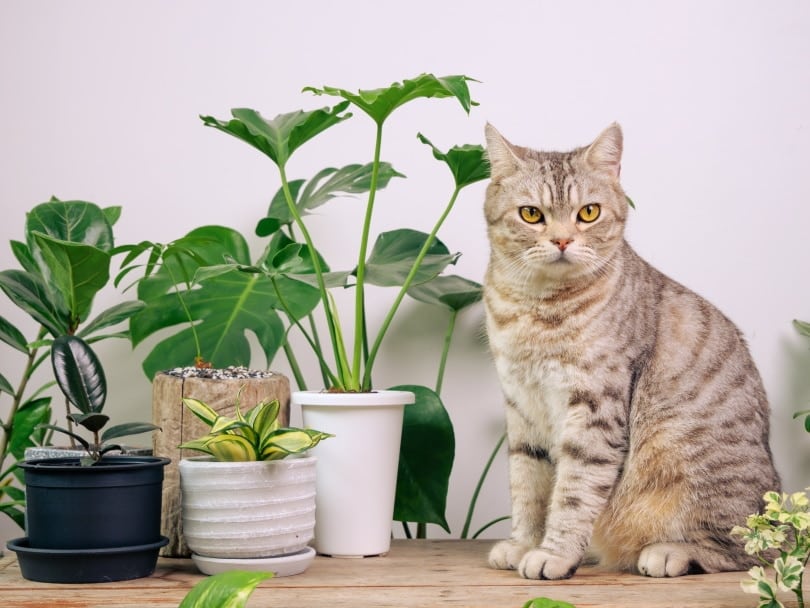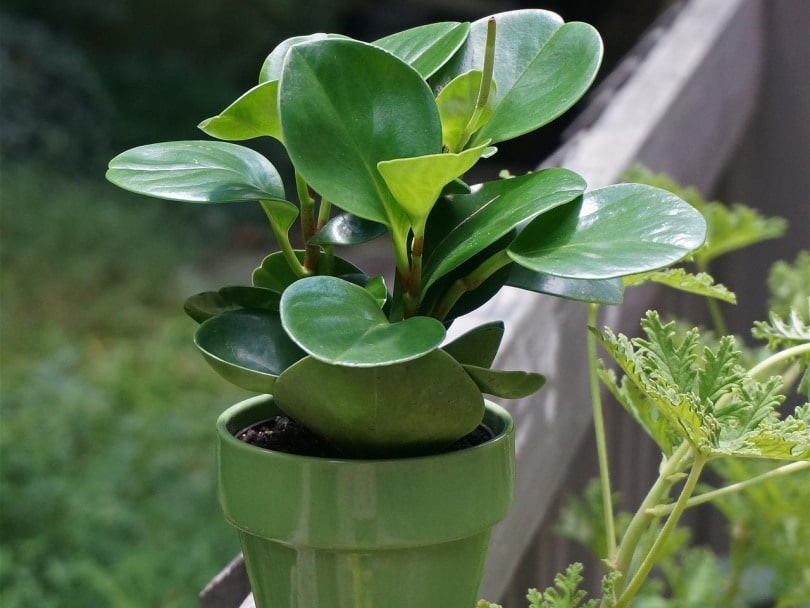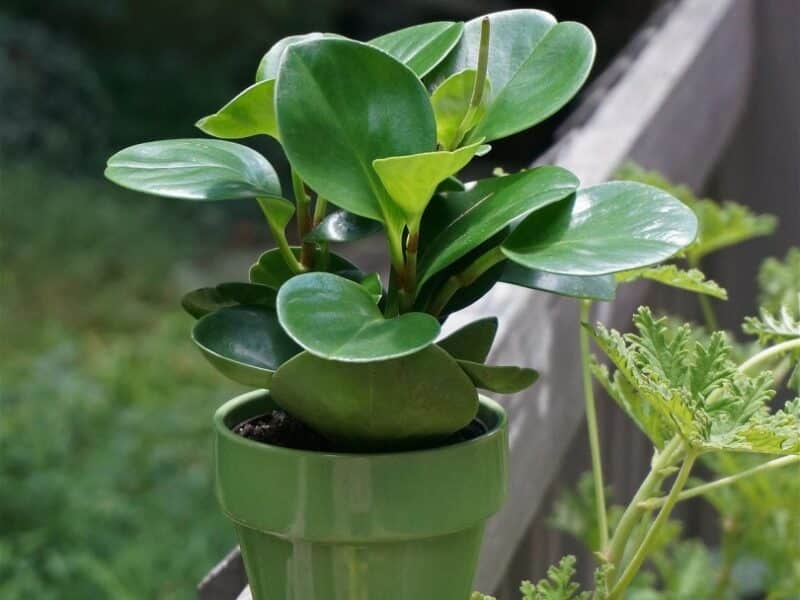Cats are absolute fiends when it comes to plants. After spending good money on a plant, we always find a nibble on a leaf or an entire plant uprooted from its pot. Even worse, it always puts us cat owners in a state of worry.
You don’t have to worry about peperomia plants because the ASPCA deems this plant 100% safe around cats. Let’s look at peperomia plants and other cat-friendly houseplants to keep in your space.
A Closer Look at Peperomia Plants
Peperomia plants (Peperomia griseoargentea) are gorgeous tropical plants originating in South America, Mexico, and the Caribbean. They’re quite popular amongst houseplant enthusiasts because of their drought tolerance and interesting leaf texture.
This plant also goes by the names baby rubber plant, rubber elder, and radiator plant, to name a few. Plus, there are over 1,500 species. Some common varieties include:
- Watermelon Peperomia
- Red-Edge Peperomia
- Teardrop Peperomia
- Silverleaf Peperomia
- Japanese Peperomia
- Jayde Peperomia
- Ripple Peperomia
- Belly Button Peperomia
- Cupid Peperomia
- Suzanne Peperomia
Any one of these peperomia plants is safe around cats and dogs. Just make sure your cat doesn’t overeat your plant. Cats are obligate carnivores and don’t require much vegetation in their diet.
Cats also don’t know when to stop eating the plant, which might make them sick. So, keep your plants away from your kitty as much as possible!

Keeping Your Cat Away From Your Peperomia Plants
Hanging baskets or plant hangers are your best options if you want plants in your home. This will help keep your cat away from your greenery and allow the plant time and space to grow. Plus, hanging plants look amazing near a window.
Wall gardens are another option that works wonders and looks fantastic. Different kinds of wall gardens exist, so you can choose what kind you want based on how many plants you have and what material you prefer.
Another great way to keep your cat away from your plants is to plant a cat garden specifically for your kitty. Some wonderful plants for a cat garden include:
- Cat thyme
- Oregano
- Wheatgrass
- Parsley
- Dandelion root
- Valerian
- Catnip
- Cat grass
- Spider plant
You also can’t go wrong with shelves, either. You can hang shelves in many apartment complexes and homes even as a renter. Keeping your cat off the shelves might be a problem, but you should be fine if you fill the shelf with enough plants.
If that doesn’t work, you can try a tiny indoor greenhouse. This will protect your plants and give you extra room to grow other houseplants.
Other Cat-Friendly Houseplants
If you don’t want your peperomia to be your only houseplant, try growing these cat-friendly houseplants alongside it:
- African Violet
- Banana Tree
- Baby Tears
- Spider Plant
- Boston Fern
- Calathea
- Orchid
- Bromeliad
- Ponytail Palm
- Gloxinia
- Areca Palm
- Polka Dot Plant
- Mosaic Plant
- Haworthia
- Swedish Ivy
Some of these plants don’t grow well in hanging baskets and have to be kept on a shelf or table, so keep that in mind when you select your next cat-friendly plants.

Houseplants That Are Toxic to Cats
Let’s finish this with a list of plants to avoid if you have cats. All the following plants are toxic to cats to some degree. If you want to grow any of these, make sure you have a safe and secure spot for them.
Conclusion
We hope we answered your burning question about peperomia plants and cats. Now, you have some ideas to expand your garden while still being cat-friendly.
Keeping cats away from plants is challenging, and every cat is different. So, know your cat’s behaviors and make purchases based on the information provided to you today. Now, off to your local nursery to fill your home with cat-safe greenery!
See Also:
- Are Angel Plants Poisonous to Cats?
- Are Tomato Plants Toxic to Cats? Vet-Reviewed Houseplants Examined
Featured Image Credit: leoleobobeo, Pixabay












